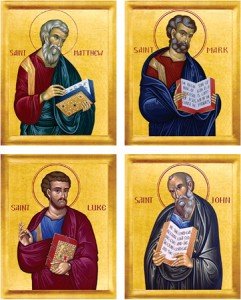 According to the gospels, Jesus, during the first part of His ministry, was engaged in three main types of activity. First, he was engaged in making a broad appeal to the public. His aim was to make people aware of the presence of God as an urgent reality and to invite their appropriate response.
According to the gospels, Jesus, during the first part of His ministry, was engaged in three main types of activity. First, he was engaged in making a broad appeal to the public. His aim was to make people aware of the presence of God as an urgent reality and to invite their appropriate response.
Second, He set himself to minister to human needs by healing the sick in body and mind and by awakening faith in those who had lost hope. He sought to lead people into a new life under the inspiration of a true and real personal attachment to himself. By going about doing good, he gave concrete form to his message of salvation.
And third, while his outward vocation took the form of a teacher of religion and morals, his whole outlook and approach differentiated him from rabbinic Judaism. He challenged the people to rethink their ideas and hopes. For this he was branded a blasphemer. He also censured his peers and contemporaries for truly casting aside God’s warnings. Thus, in his mission, controversy was forced upon him.
In the faith of the Church the Passion of Christ was not the end but the goal and crown of his earthly activity. When all the evidence is considered, it is clear that Jesus expected and even announced his suffering and death. This evidence shows that Jesus had found the answer to the necessity of his suffering and death in scripture, especially in Isaiah 53, the Son of the Suffering Servant of the Lord.
Further, his suffering and death on the cross was necessary in order for Him to rise from the dead and, reveal to humankind that life is immortal.
Because the disciples did not experience his death and resurrection as events in history but, rather, as belonging to the last age, Christ’s rising from the dead is presented, in reality, as a resurrection of glory rather than as a return to earthly life. Whereas the crucifixion is clearly a historical event, a happening in time, the resurrection is an event beyond time (beyond death) and belongs to another order or age. In this sense it is not historical, in the same way that the crucifixion is. It belongs to the age to come and is thus eschatological. Christ’s resurrection is real but it belongs to another order.
